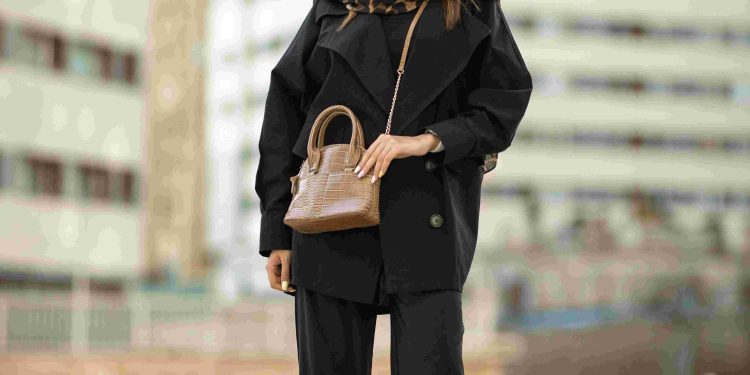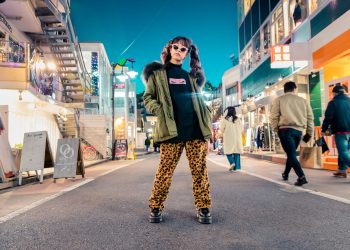Latest Trend Ratings for the Fashion Industry

Fashion has never been static—
it’s a constant dialogue between culture, creativity, and commerce. While some argue that it’s merely a cycle of repeating styles, the undercurrents reveal much deeper stories about identity, innovation, and social transformation. As I observed the latest runway creations, a piercing thought crystallized in my mind: what if the way we rate and predict fashion trends is fundamentally misaligned with how society truly evolves?
Years ago, I attended my first fashion show. The dazzling spectacle of lights, fabrics, and artistic vision left me awestruck, but what truly caught my attention wasn’t just the clothing—it was the palpable sense of collective anticipation. Everyone in the room wasn’t just watching; they were participating in the birth of cultural ideas. Fast forward to today, and that experience has only deepened my curiosity about how trends emerge, evolve, and resonate across the global tapestry of human expression.
The Problem with Linear Thinking in Fashion Ratings
The traditional approach to assessing fashion trends often relies on linear structures: what’s in, what’s out, and what’s next. But such binary thinking fails to capture the nuances of influence. For example, the meteoric rise of sustainable fashion isn’t merely a trend—it’s a movement shaped by global awareness of climate change, technological breakthroughs in fabric recycling, and shifting consumer psychology.
Bruce Mau, a celebrated designer, once stated: “Design is not about changing things—it’s about creating the conditions for things to change.” This assertion underscores the interdisciplinarity required to decode today’s trends. Fashion thrives on the interconnections between business strategy, artistic vision, and social values. Using only sales numbers or Instagram likes to judge the trajectory of a trend is like trying to understand the ocean by measuring its waves. It’s reductive and incomplete.
The Future of Fashion: Algorithms or Humans?
The future of fashion will likely be a delicate dance between artificial intelligence and human insight. Machine learning models are already predicting micro-trends by analyzing massive datasets from social media, online shopping behaviors, and even climate patterns. Yet, no algorithm can replicate the subtle intuitions of a creative director interpreting the zeitgeist.
Consider the analogy of music. A program like Spotify may curate a playlist based on your preferences, but it takes the creative genius of a musician to compose the songs. Similarly, while data can streamline forecasting, innovation in fashion will always require bold human imagination.
Reframing Trends through the Lens of Philosophy
To truly understand fashion, we must also question its purpose. Is fashion merely about adornment, or is it a quest for meaning? Existentialist philosopher Jean-Paul Sartre argued that humans are defined by their choices. In this vein, our clothing can be seen as a series of deliberate declarations—of who we are, what we value, and where we wish to belong.
Take, for example, the resurging popularity of minimalism. This isn’t just a trend in aesthetics; it’s a response to excessive consumerism and a counterpoint to the frenetic demands of modern life. Understanding this shift requires not just a keen eye for design but also an appreciation for sociology and philosophy.
Actionable Insights for the Curious Fashion Enthusiast
-
Adopt a cross-disciplinary mindset:
Learn about psychology, climate science, and business to contextualize trends more effectively. -
Embrace personal narratives:
Wear what truly resonates with your story, not just what’s on the covers of glossy magazines. -
Question conventional wisdom:
If everyone is chasing one aesthetic, explore the opposite direction to uncover untapped possibilities. -
Engage in conscious consumption:
Prioritize quality over quantity, and research the values behind the brands you support.
The Circular Nature of Inspiration
As we close this exploration, we must recognize that fashion, like history, is a loop. What appears revolutionary today may find its roots in the past. Yet, within this cycle lies the potential for infinite creativity and reinvention. The real challenge isn’t predicting the next big trend; it’s cultivating the awareness to understand where it comes from and the imagination to shape where it could go.
Just as my first fashion show ignited a passion for seeing beyond the surface, every new trend offers us an opportunity to rethink paradigms and expand the boundaries of culture. Fashion is more than an industry—it’s a mirror reflecting the evolution of human identity, dreams, and aspirations. Let’s honor it by engaging deeply, critically, and creatively.










